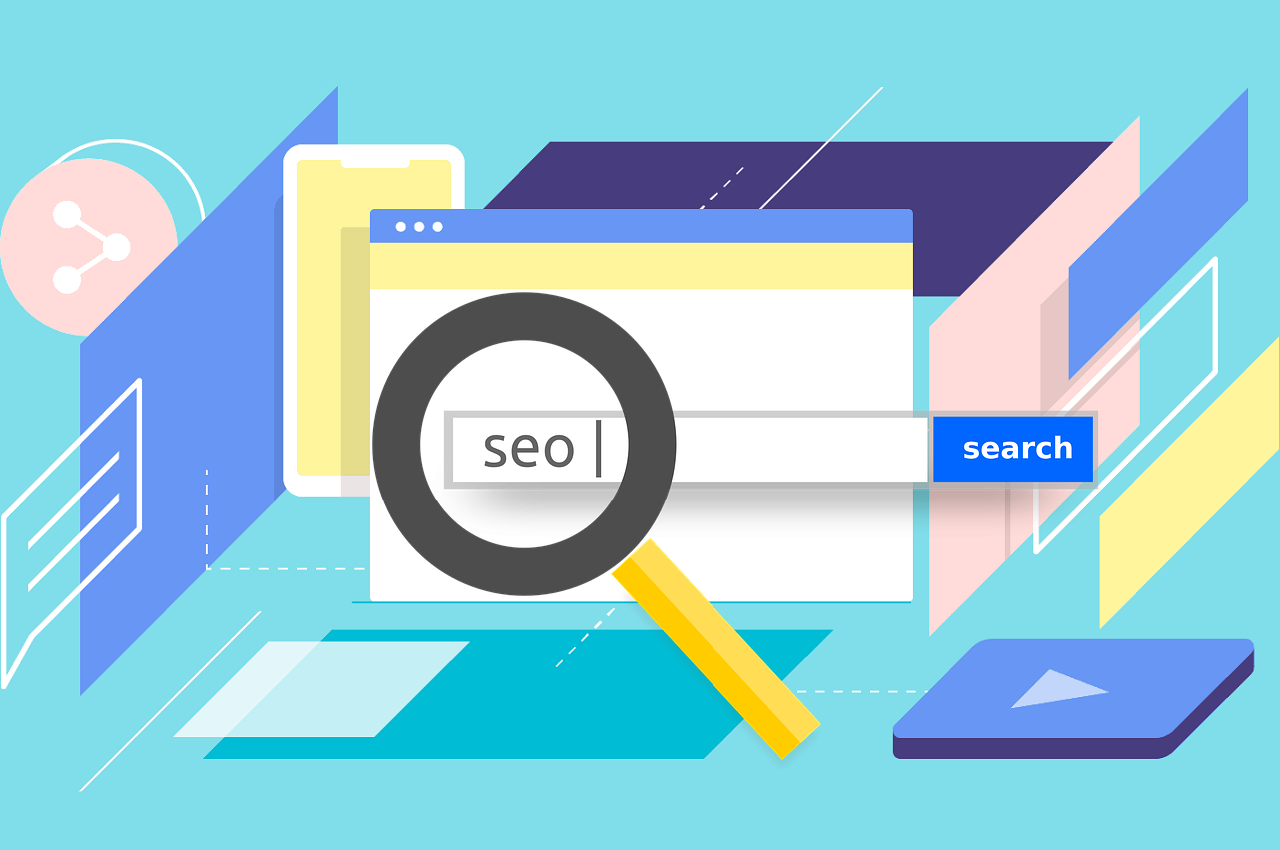How To Set SEO Goals & Objectives To Achieving Long Term Success
Setting effective SEO goals involves aligning digital efforts with broader business objectives. Begin by understanding your business goals and identifying relevant key performance indicators (KPIs), such as increased traffic, leads, or sales. Conduct a comprehensive website audit to evaluate current SEO performance and pinpoint areas for improvement. Define specific, measurable goals, avoiding vague targets. Prioritize goals based on impact and break them into short-term and long-term objectives. Set realistic timeframes, considering industry competitiveness and available resources.
Benchmark current metrics and align goals with Google’s guidelines, emphasizing user experience and quality content. Regularly monitor progress through analytics tools, adjusting goals and strategies based on performance and industry changes. Educate your team on SEO goals and foster collaboration. Celebrate achievements and use setbacks as learning opportunities. SEO is an ongoing process, requiring adaptation to algorithm updates and consumer trends. Regularly review and update goals to ensure alignment with business objectives and changing search engine landscapes.
I. Introduction
A. The Strategic Importance of SEO Goals
Setting clear and achievable goals is crucial for the success of any SEO strategy. This comprehensive guide will walk you through the process of establishing SEO goals and objectives that align with your business objectives, ensuring long-term success in the ever-evolving digital landscape.
II. Understanding The Role Of SEO Goals
A. Defining SEO Goals
- Visibility and Ranking:
- Increase the website’s visibility on search engines and improve rankings for target keywords.
- Traffic Growth:
- Drive organic traffic to the website through effective SEO practices.
B. Linking SEO Goals to Business Objectives
- Lead Generation:
- Align SEO goals with lead generation targets to drive potential customers to the website.
- Sales and Revenue:
- Connect SEO efforts with sales and revenue goals to contribute to business growth.
III. SMART Criteria For SEO Goals
A. Specific
- Clear Objectives:
- Define specific SEO objectives such as ranking for specific keywords or increasing organic traffic.
- Target Audience Identification:
- Specify the target audience for better content alignment.
B. Measurable
- Quantifiable Metrics:
- Establish measurable metrics like keyword rankings, organic traffic, and conversion rates.
- Utilize Analytics Tools:
- Implement tools like Google Analytics to track and measure SEO performance.
C. Achievable
- Realistic Expectations:
- Set goals that are challenging yet realistic within the available resources.
- Benchmarking Against Competitors:
- Analyze competitors to set achievable yet competitive SEO targets.
D. Relevant
- Align with Business Goals:
- Ensure SEO goals directly contribute to overarching business objectives.
- Stay Industry-Relevant:
- Keep goals aligned with industry trends and customer behaviors.
E. Time-Bound
- Establish Timelines:
- Set specific timelines for achieving SEO goals, breaking them into short-term and long-term objectives.
- Regular Review and Adjustments:
- Schedule regular reviews to assess progress and make necessary adjustments.
IV. Types Of SEO Goals
A. On-Page SEO Goals
- Content Optimization:
- Enhance on-page content for improved relevance and user experience.
- Keyword Targeting:
- Rank for specific keywords relevant to your business niche.
B. Off-Page SEO Goals
- Link Building:
- Earn high-quality backlinks to boost domain authority and trust.
- Social Media Presence:
- Increase social signals and engagement through effective off-page SEO strategies.
C. Technical SEO Goals
- Site Speed Optimization:
- Improve website loading times for better user experience and search rankings.
- Mobile Optimization:
- Ensure the website is fully optimized for mobile devices.
D. Local SEO Goals
- Google My Business Optimization:
- Enhance local presence by optimizing Google My Business profiles.
- Local Citations:
- Build local citations to improve visibility in local searches.
V. Steps To Define SEO Goals
A. Conducting a Website Audit
- Identify Current Performance:
- Assess current SEO metrics, identify strengths, weaknesses, opportunities, and threats.
- Competitor Analysis:
- Analyze competitor strategies to benchmark performance and set realistic goals.
B. Setting Key Performance Indicators (KPIs)
- Selecting Relevant KPIs:
- Choose KPIs aligned with your business and SEO objectives.
- Quantifying KPIs:
- Assign numerical values to KPIs for measurable tracking.
C. Defining Short-Term and Long-Term Goals
- Immediate Priorities:
- Set short-term goals to address immediate SEO needs.
- Sustainable Growth:
- Define long-term goals for sustained and scalable SEO success.
VI. Strategies For Achieving SEO Goals
A. Content Strategy
- Quality Content Creation:
- Develop high-quality, relevant, and engaging content aligned with SEO goals.
- Content Calendar:
- Implement a content calendar for consistent publishing and audience engagement.
B. Link Building Campaigns
- Outreach Strategies:
- Execute outreach campaigns to earn backlinks from authoritative websites.
- Internal Linking:
- Optimize internal linking structures for better user navigation and SEO.
C. Technical SEO Implementation
- Regular Site Audits:
- Conduct periodic technical audits to identify and fix issues promptly.
- Structured Data Markup:
- Implement structured data markup for enhanced search result visibility.
D. Local SEO Tactics
- Local Keyword Optimization:
- Optimize content for local keywords and phrases.
- Customer Reviews:
- Encourage and manage customer reviews for improved local SEO.
VII. Monitoring & Adjusting SEO Goals
A. Analytics and Reporting
- Regular Performance Tracking:
- Use analytics tools to track SEO performance against established KPIs.
- Generate Comprehensive Reports:
- Create detailed reports for insights into what is working and areas for improvement.
B. Iterative Adjustments
- Data-Driven Decision Making:
- Base adjustments on data and performance insights rather than assumptions.
- Flexibility in Strategy:
- Be flexible to adapt SEO strategies based on evolving industry trends.
VIII. Celebrating Success & Learning From Challenges
A. Recognizing Achievements
- Milestone Celebrations:
- Celebrate reaching milestones and achieving SEO goals.
- Employee Recognition:
- Acknowledge the efforts of the team in achieving SEO success.
B. Learning from Challenges
- Post-Mortem Analysis:
- Conduct post-mortem analyses to learn from challenges and setbacks.
- Continuous Improvement:
- Use challenges as opportunities for continuous improvement in SEO strategies.
IX. Conclusion
Setting and achieving SEO goals is a dynamic process that requires a combination of strategic planning, data analysis, and continuous adaptation. By aligning SEO goals with broader business objectives, employing SMART criteria, and implementing effective strategies, businesses can drive sustainable organic growth and achieve long-term success in the competitive digital landscape. Remember, SEO is an ongoing journey, and success comes from the dedication to continuous improvement and staying ahead of industry trends.


